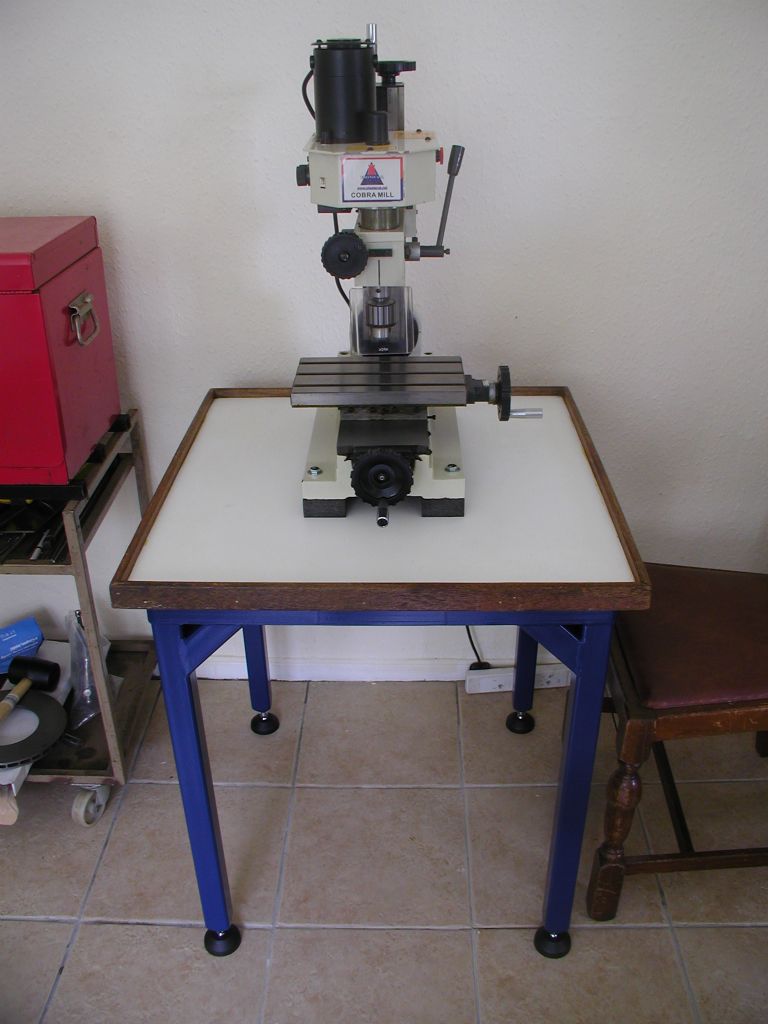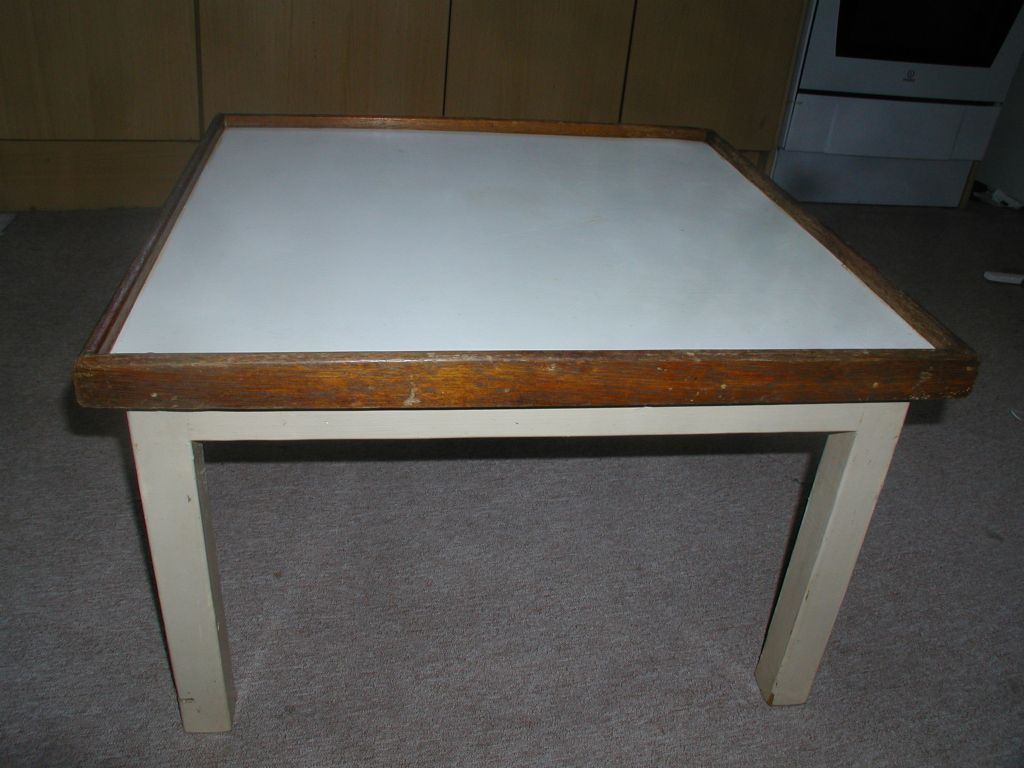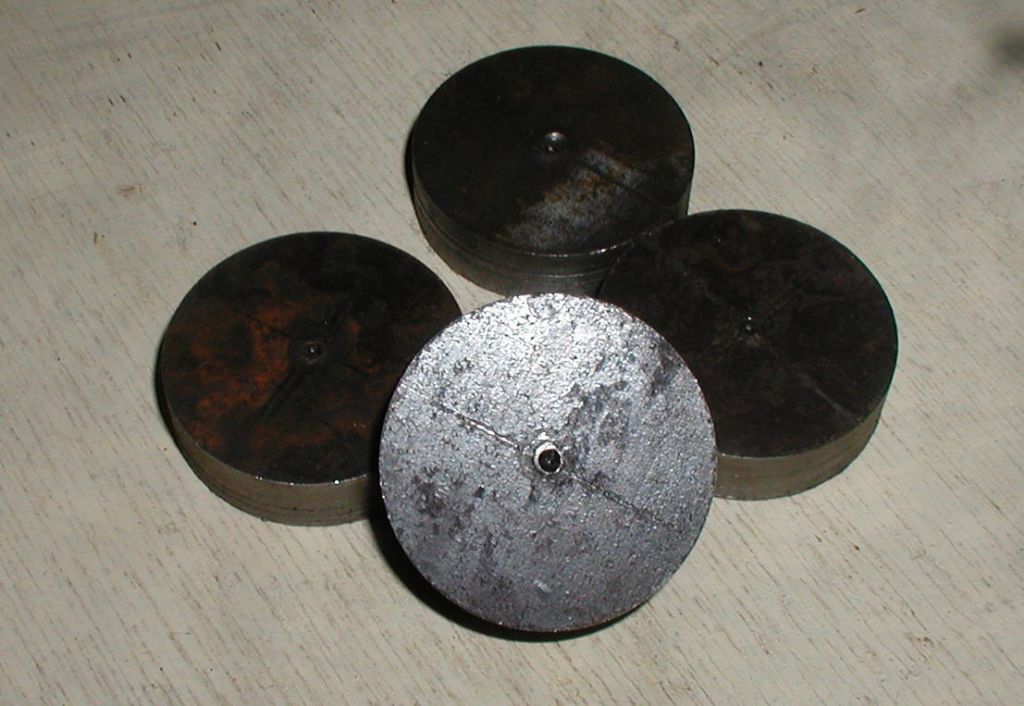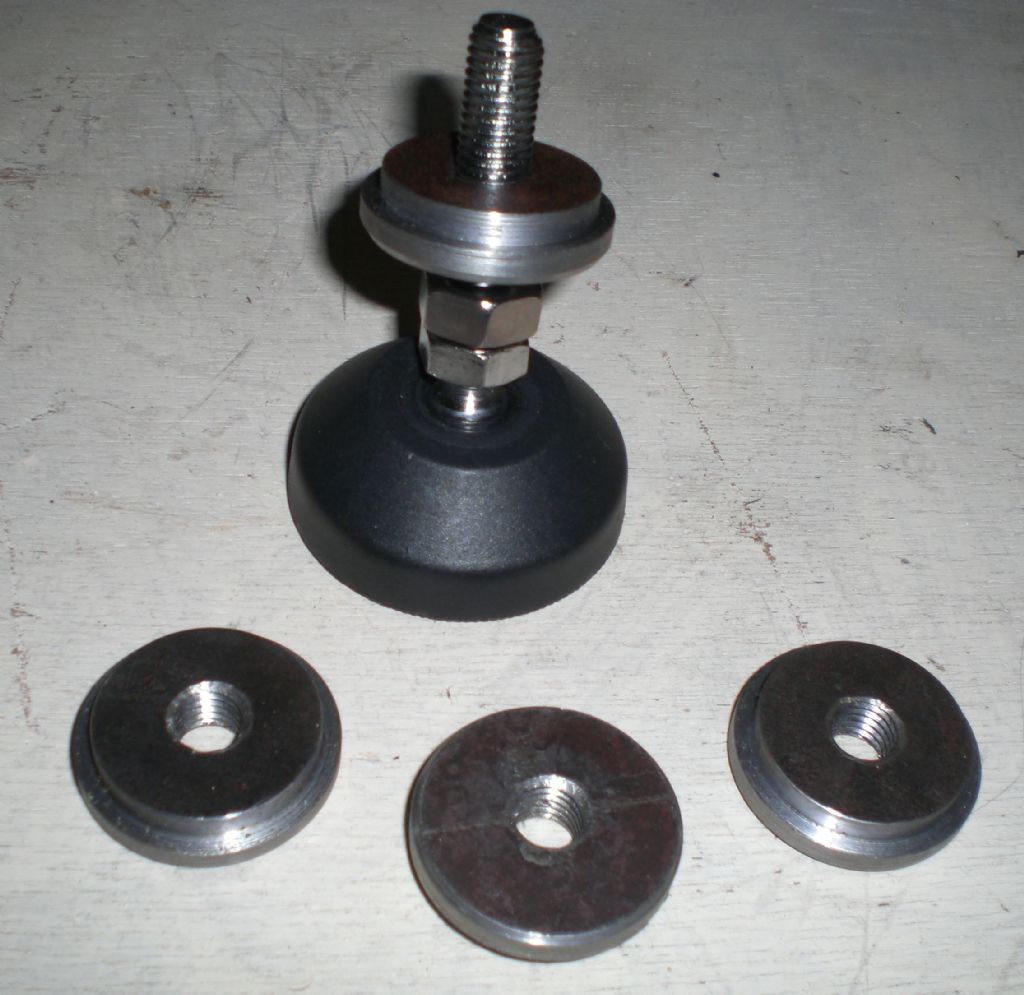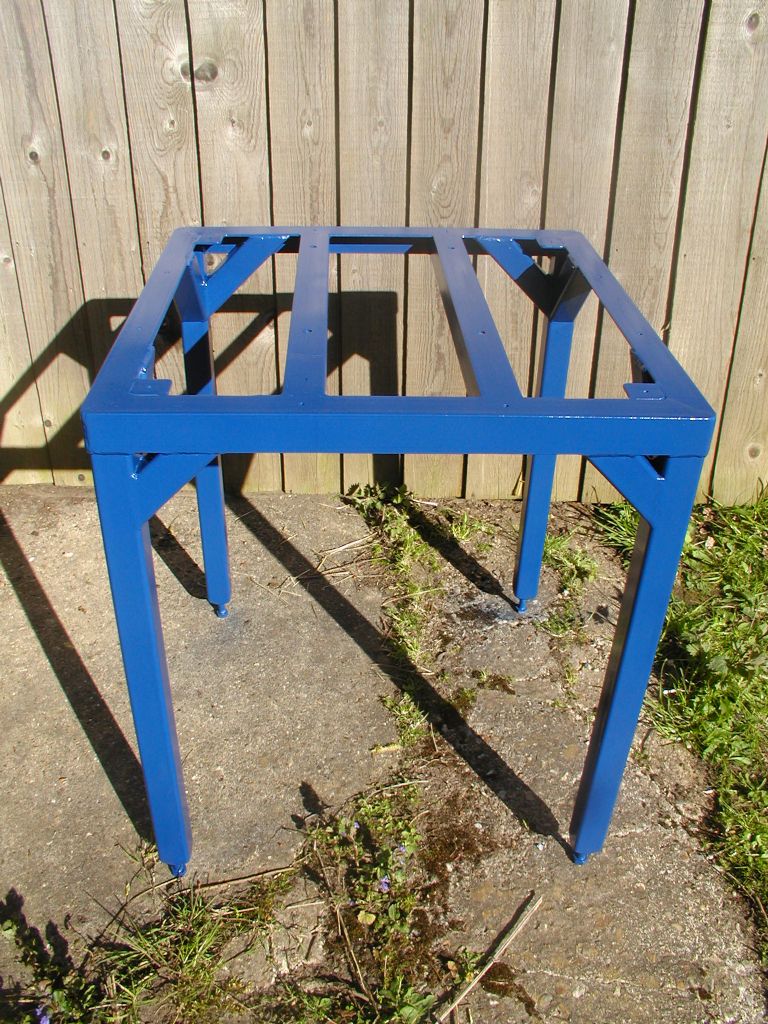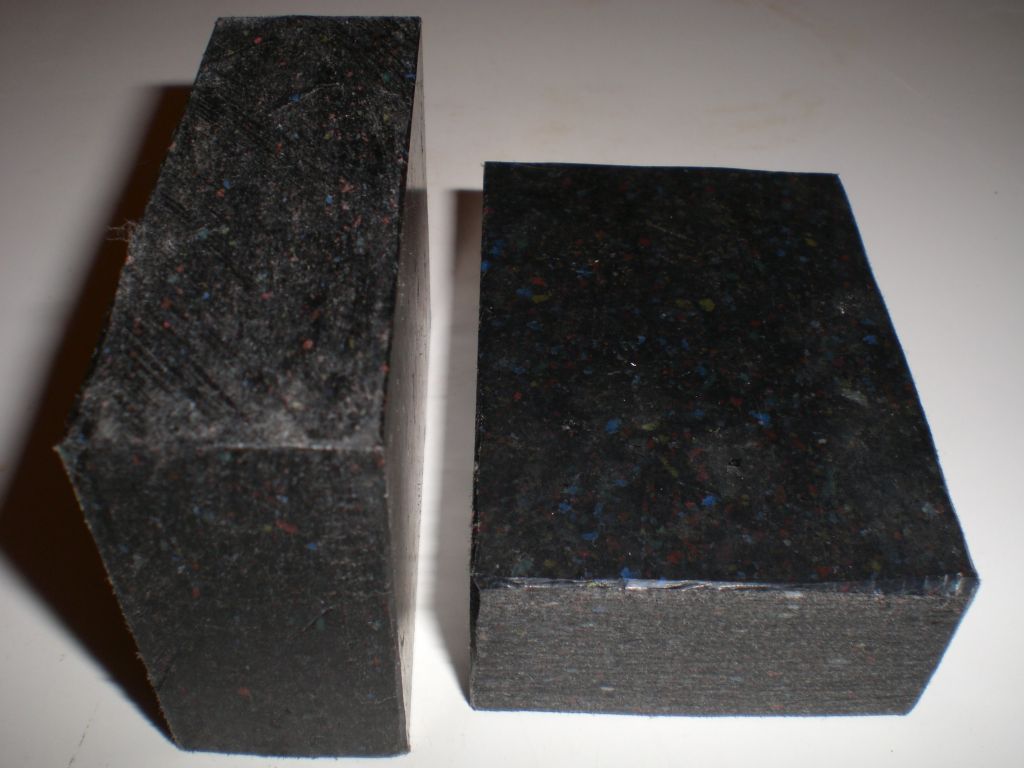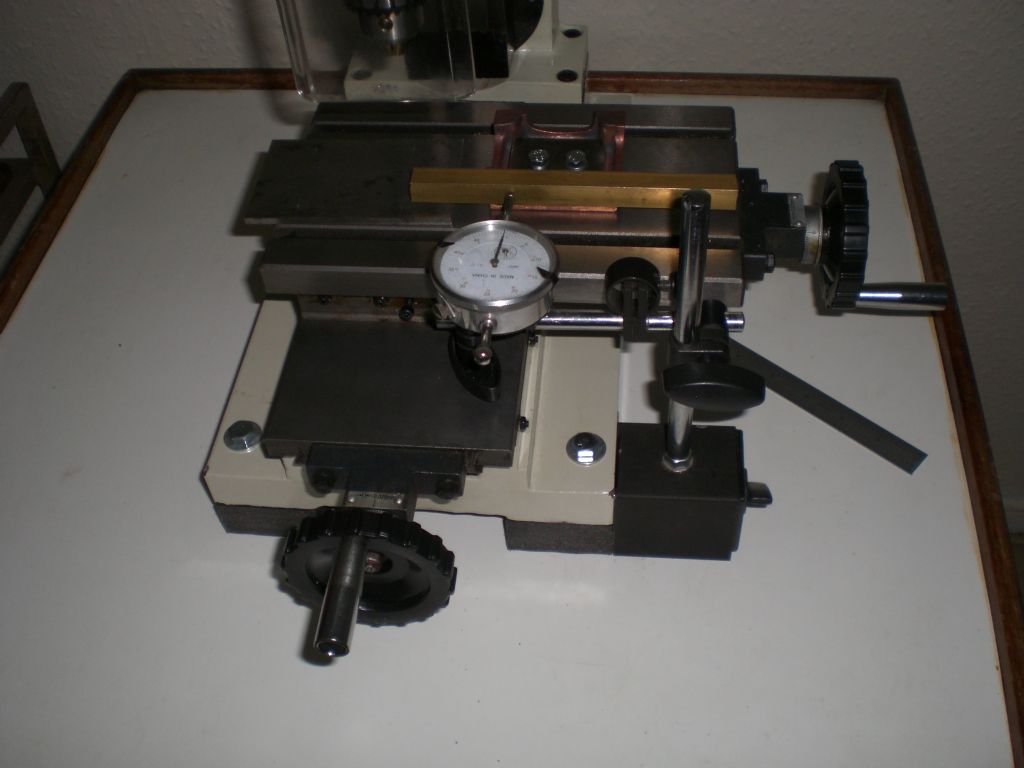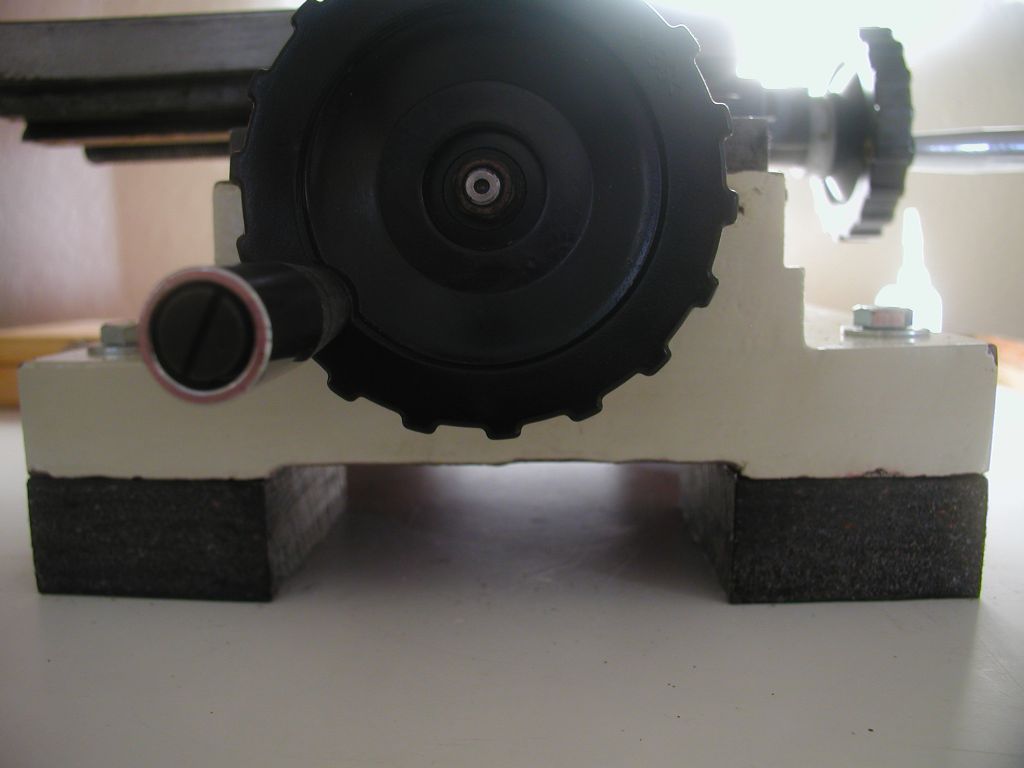
I have completed my mini mill stand this weekend and would like all you guys to see some photos of it.
Apart from the machine mounts, the paint and the bolts that hold the mill down, every part of it was free. The legs are made from used 40 X 40 X 2mm box which I aquired from a job modification last year that a work colleague and myself did last year. The angle iron frame that holds the top on was given to me by a neighbour who moved away a few years ago.
The top was from a makeshift coffee table that I used some time ago when funds were not able to buy one.

This I got from my old employment many many years ago which was part of a taller stand for a two way radio system. The legs were removed to leave just the upper board.
Four waste bits about 11mm thick from a heavy section of channel iron, which I cut out with a 50mm rotor broach on a job a work a couple of months ago were used in the bottom of the box section legs were drilled and threaded for the machine mounts.


Here is a photo of the frame when it was painted.

Four raising blocks were made from high abrasion risitant plastic. This was an off cut from 28mm sheet when I used to work for my old employer, which were used as replacment liner plates in their Attrition Scrubbers, (nothing to do with red light areas or domestic servents) for those who are interested in knowing about attriction scrubbers look at this http://www.floatex.co.uk/brochures/Floatex%20Scrubber.pdf the first photo is of the two banks are the actual ones that my then colleagues and myself used to maintain.

There are more photos of the genaral construction proceedures in my Bespoke Mini Mill Stand album for anyone who would like to look at them.
The final stand was designed to be used sitting down, but it's not to low to be used standing for short periods.
Regards Nick.
Edited By Nicholas Farr on 05/05/2013 23:37:21
 Nicholas Farr.
Nicholas Farr.

